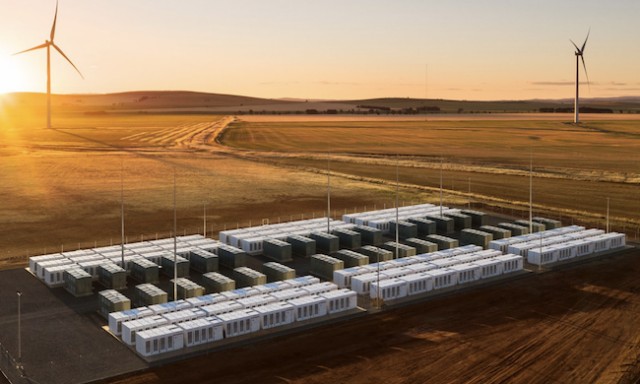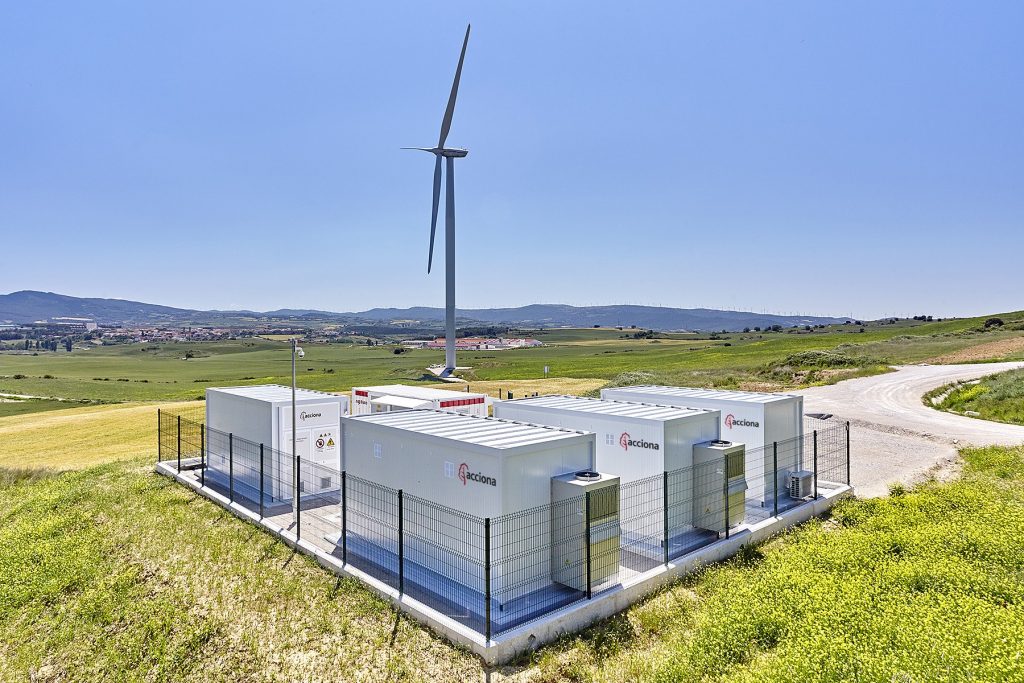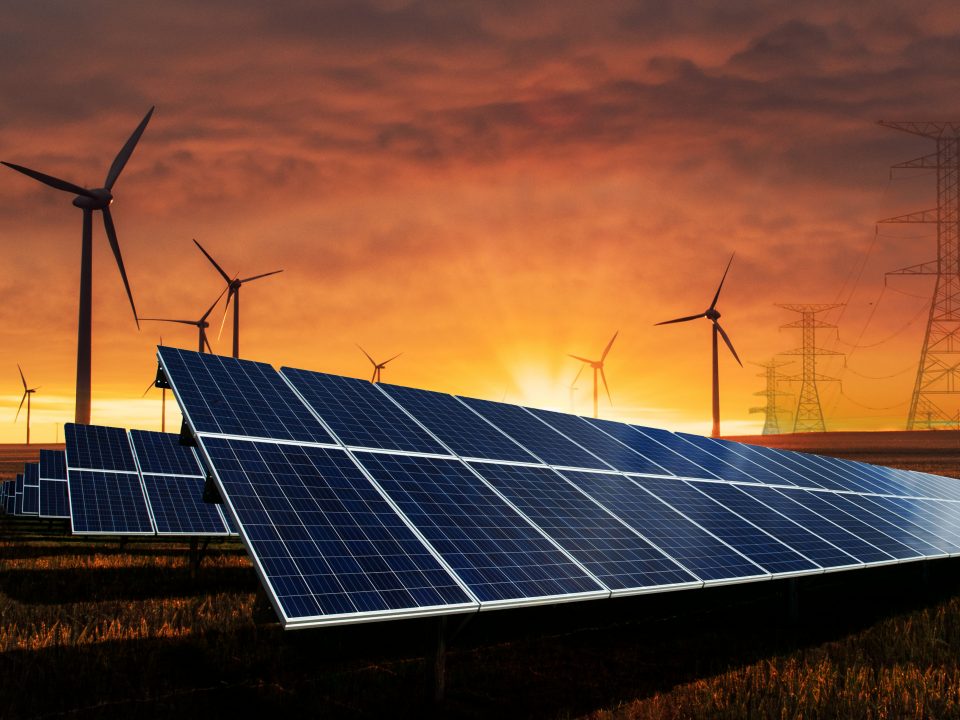The consumption of energy by the human being has been closely linked to its evolutionary development from its primitive life to the development of coexistence in society. Initially, in its stage as a collector, it required consuming about 2,500 kilocalories; Today, in his life full of multiple relationships, he consumes 680 million times more than what he needs to live.
This incredible progress achieved by our society has been based on the development of energy generation from the transformation of fossil fuels (gas, oil, coal), highly producers of CO₂, and therefore responsible for Global Warming, significantly affecting our own environment, Planet Earth.
The International Renewable Energy Association (IRENA), in the executive summary of the Report on the global energy transformation (November 2019), proposes that cleaner energy development that is favorable to climate protection is a necessity to combat climate change. This should be based on the adoption of more ambitious, but viable, measures in the field of renewable energies and on the improvement of energy efficiency.
With the accelerated development of renewables, comprehensive electrification and increased energy efficiency, it can achieved more than 90% of the reduction in energy-related carbon dioxide (CO₂) emissions that will be required by 2050 to reach the objectives of the Paris Agreement which contemplates preventing the increase in the global average temperature of the planet from exceeding 2ºC above the levels that existed before industrialization, and also seeks to promote additional efforts that make it possible for global warming not to exceed 1.5ºC.
Of all the low-CO₂ production technology options, only the accelerated deployment of solar photovoltaic (PV) energy can achieve significant reductions in CO₂ emissions, which in 2050 are estimated to be in the order of 4.9 gigatons of carbon dioxide (Gt CO₂), which represents 21% of the total potential for mitigating emissions in the energy sector.
The impact of COVID-19
COVID-19 has taught us a lesson about the impact that human activities have on climate change. According to studies carried out by the International Energy Agency (IEA), the decrease in the pace of economic activity, as a consequence of measures to combat the pandemic, contracted the demand for energy and, as a consequence, there was a significant reduction in energy CO₂ emissions.
Mobility restrictions on vehicles, ships and aircraft resulted in an average decrease of around 10% in global oil consumption. The data that have been measured and calculated indicate that by 2020 the restrictions of social and economic life during the pandemic will lead to a reduction in CO₂ emissions of 8%, (Remote Sens. 2020).
This result has not been enough to impact the global CO₂ content in the world, but it indicates that technological change should be complemented with a new way of seeing our social organization and world development. Despite this, improvements in environmental conditions have been observed (for example, in Venice the fish returned and the water has been cleaned), see graph 2.
The technological change required for the accelerated development of renewable energies must be underpinned by improving the reliability of the generation systems of renewable systems. This will be an achievement of the development of lower cost mass storage battery technology.
Renewables and storage are the keys to the energy model that could lead to decarbonisation (an economy based on energy generation with minimal CO₂ production), because storage will allow us to effectively integrate the high capacities of solar and wind energy with the required reliability in the power system.
There are two examples in operation worth noting:
- Acciona's hybrid battery storage plant in a wind farm, located in Barásoain (Navarra, Spain). The wind turbine capacity is 3 MW.
- Tesla's mega battery in Australia, with record profitability. It was installed in 2018 in the south of that country, allocating 66 million dollars for its construction; a year later, a third of its value has been written off. That is, in three years the investment will be fully paid. The capacity of the plant is 150 MW.
This result shows that renewable energies, together with storage, could provide the answer to total decarbonization and achieve the sustainability of world development, but much more is required. This will only be possible with the mitigation of the barriers that currently exist in different areas (normative, market and economic, technological, regulatory, political and social).
This immediate mitigation of existing barriers, through a series of supportive policies and implementation measures - such as innovative business models and financial instruments - is decisive in promoting the development of solar FV capacity.
Y&V takes on this challenge through two actions. The first of them is based on the internal development of our Engineering, Procurement and Construction activities, monitoring the carbon footprint of our activity by executing projects that are respectful with the environment and optimizing the use of resources. The second action is focused on the promotion and participation in electricity generation projects from renewable sources, motivating an awareness of sustainability and making efficient use of energy, promoting energy saving projects and efficient use of fossil fuels.

Clearly, more ambitious measures are required in the field of renewable energy to combat climate change. Hannah Ritchie and Max Roser Our World Data
Mobility restrictions during the pandemic have reduced CO2 emissions but not enough. Hannah Ritchie and Max Roser Our World Data

- Ha habido mejoras en las condiciones ambientales
- Mega batería de Tesla en Australia obtuvo una rentabilidad récord. Fuente imagen: https://forococheselectricos.com/
- Planta híbrida de almacenamiento de la empresa Acciona, en España








